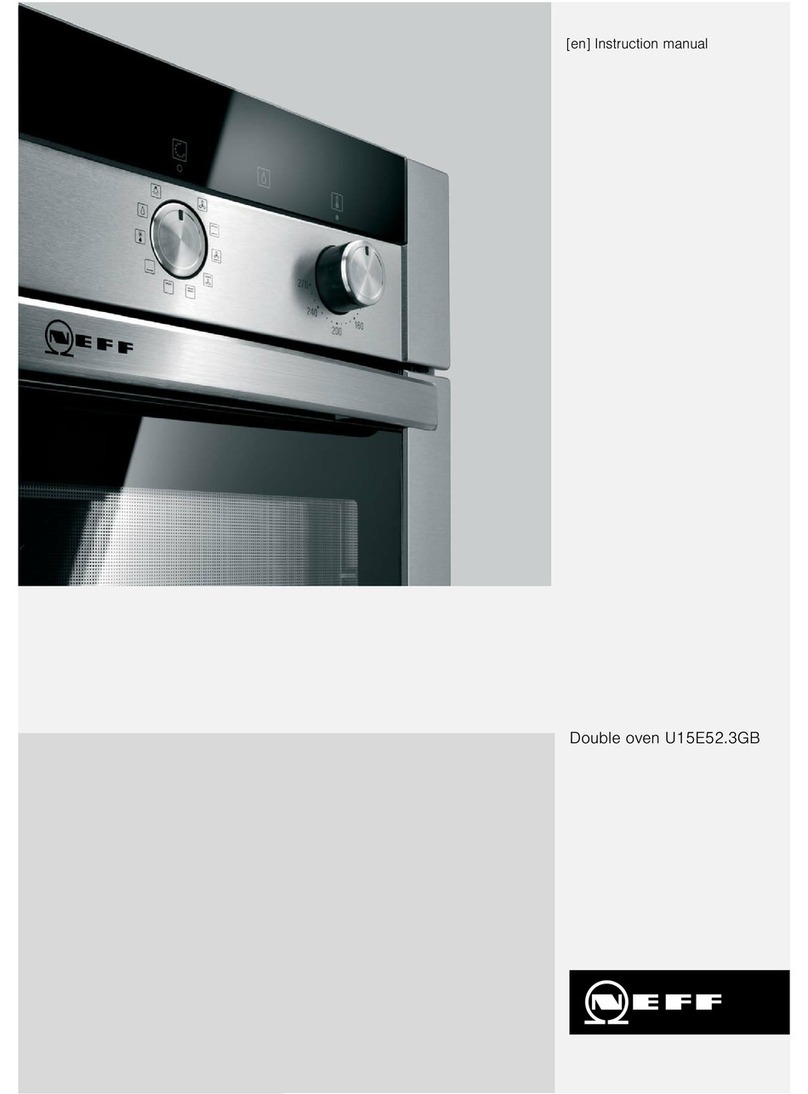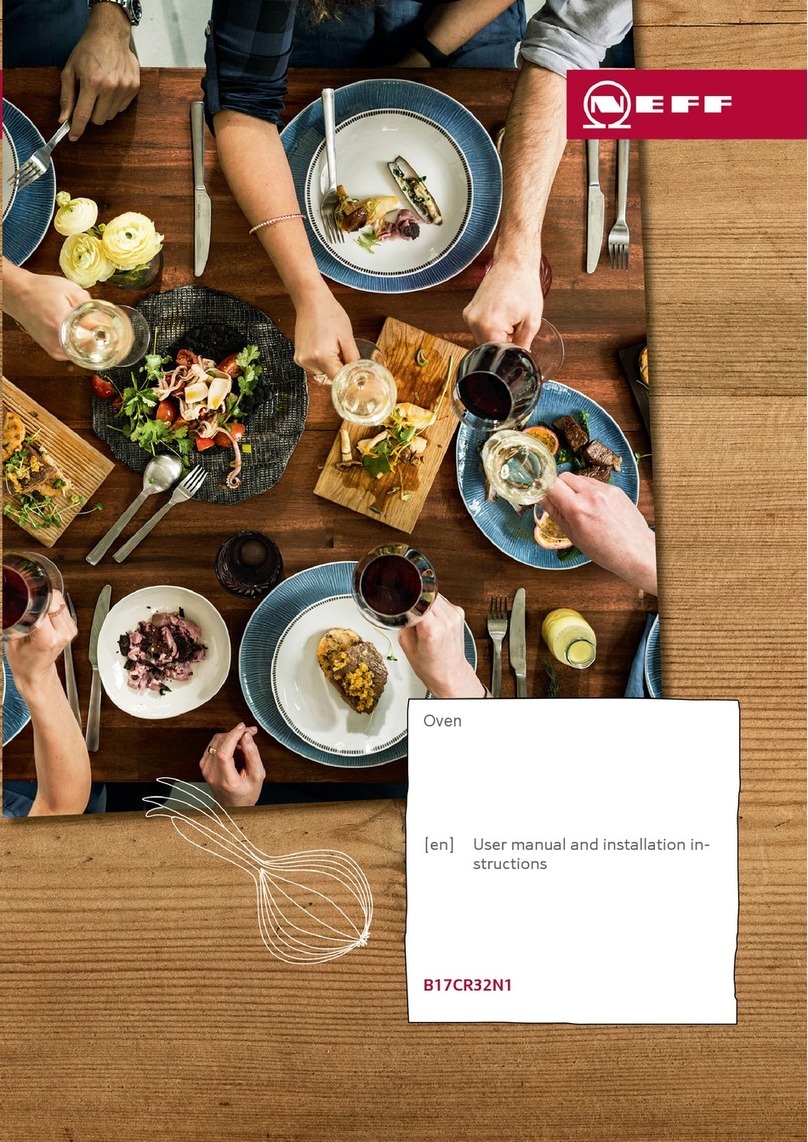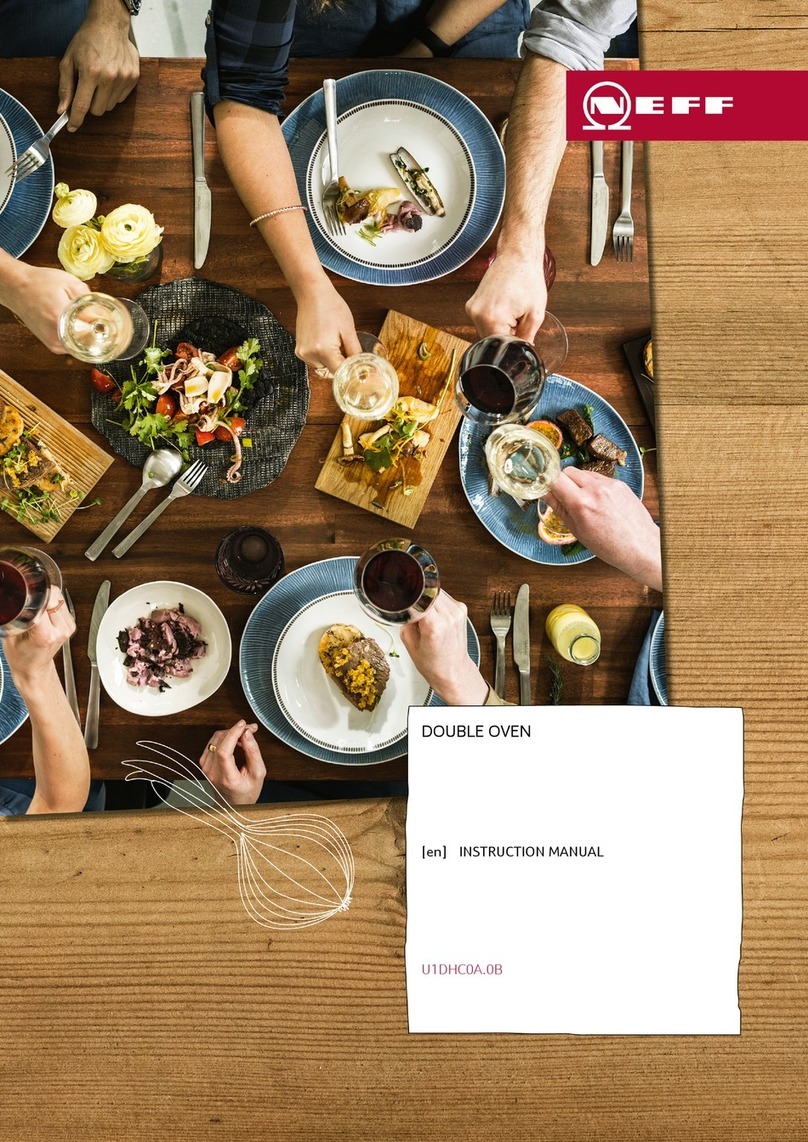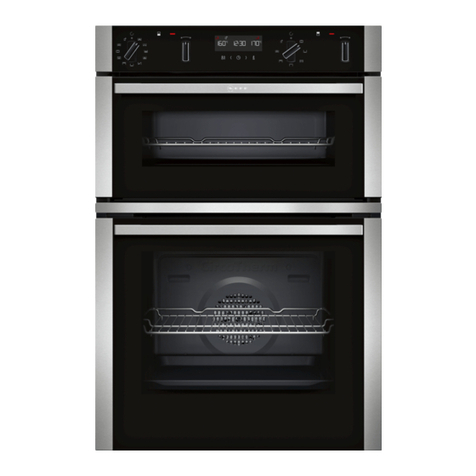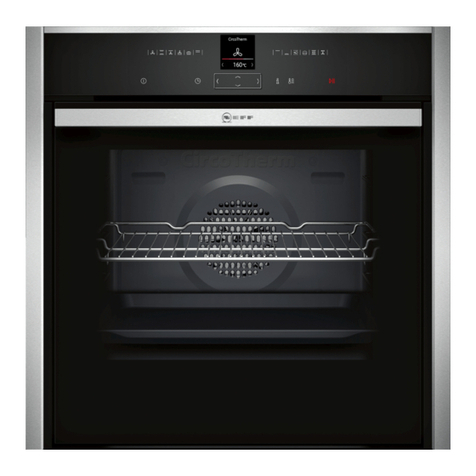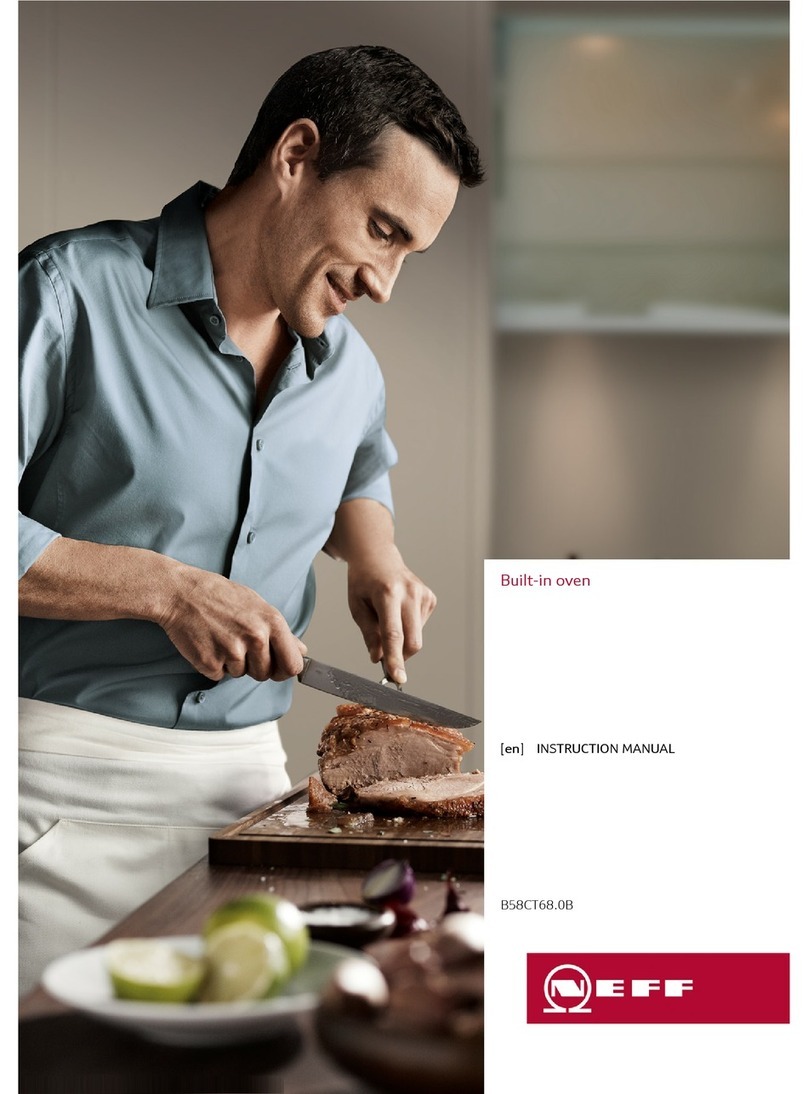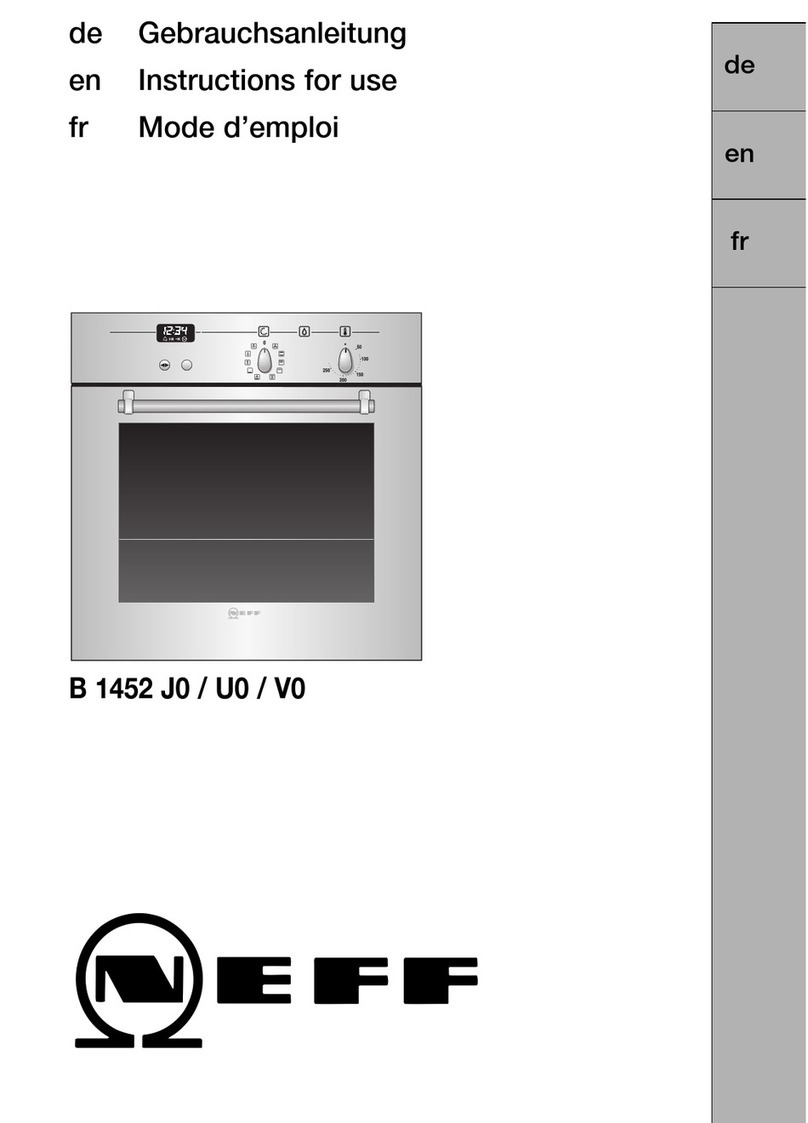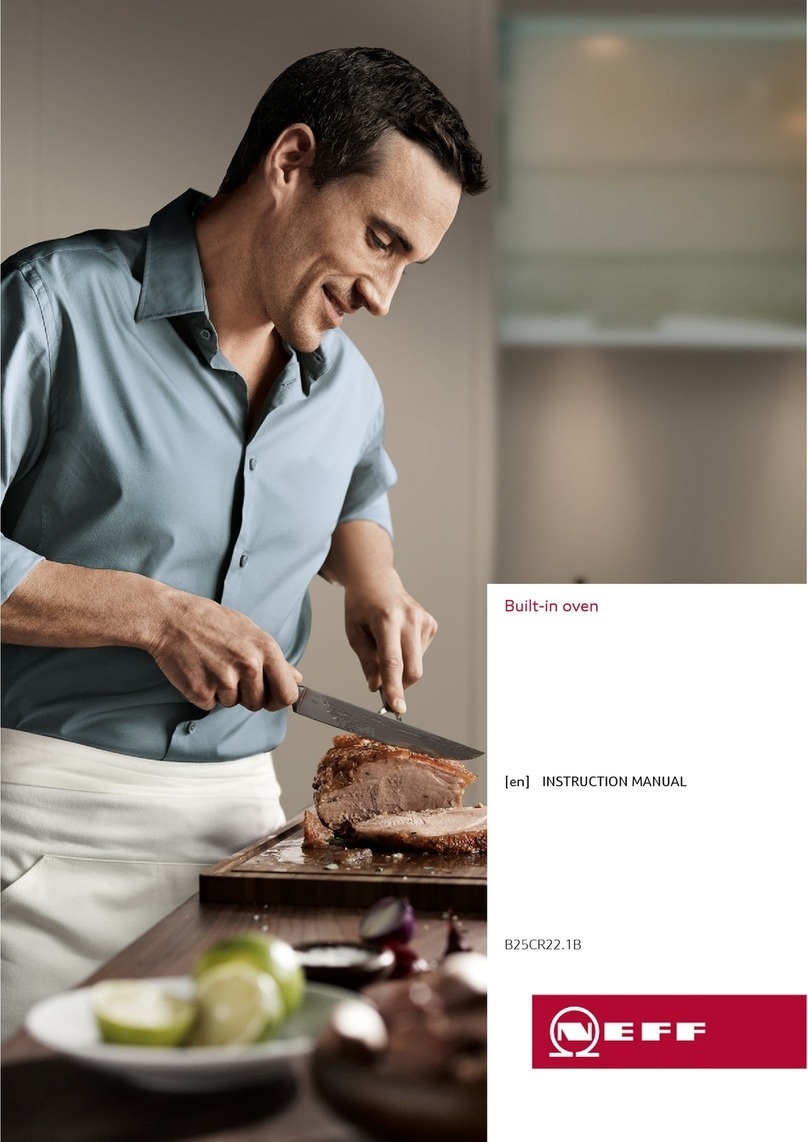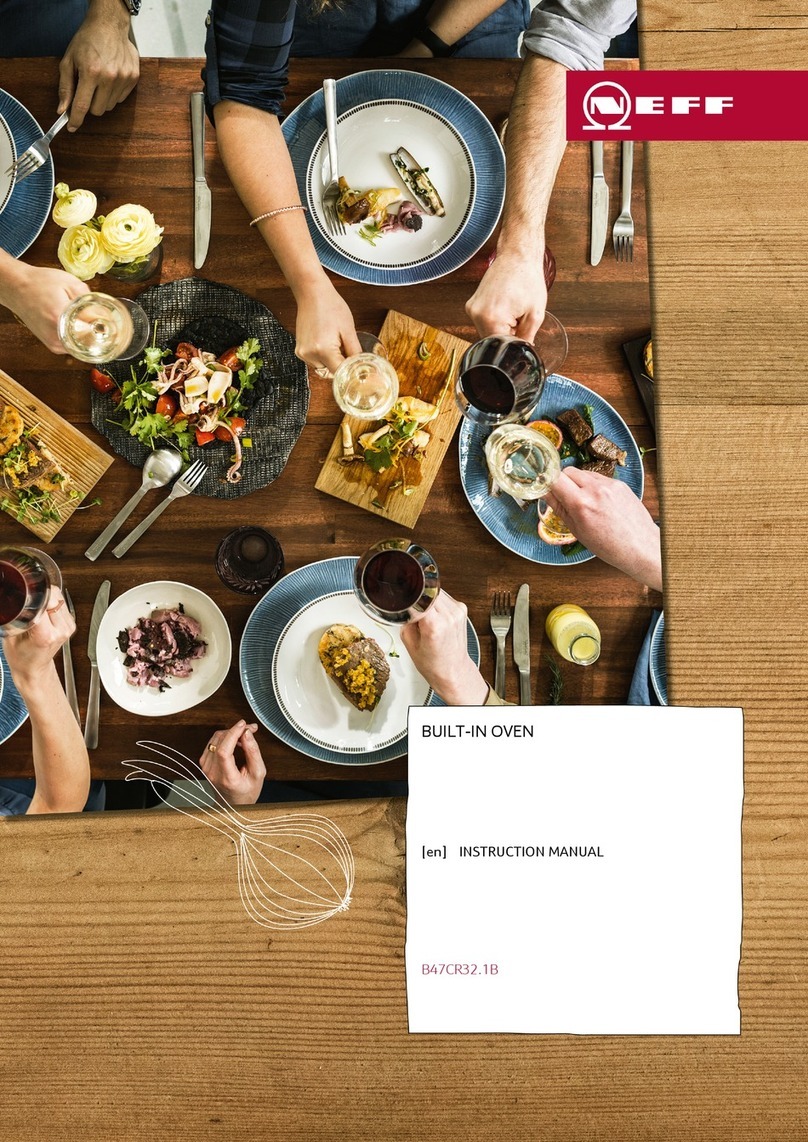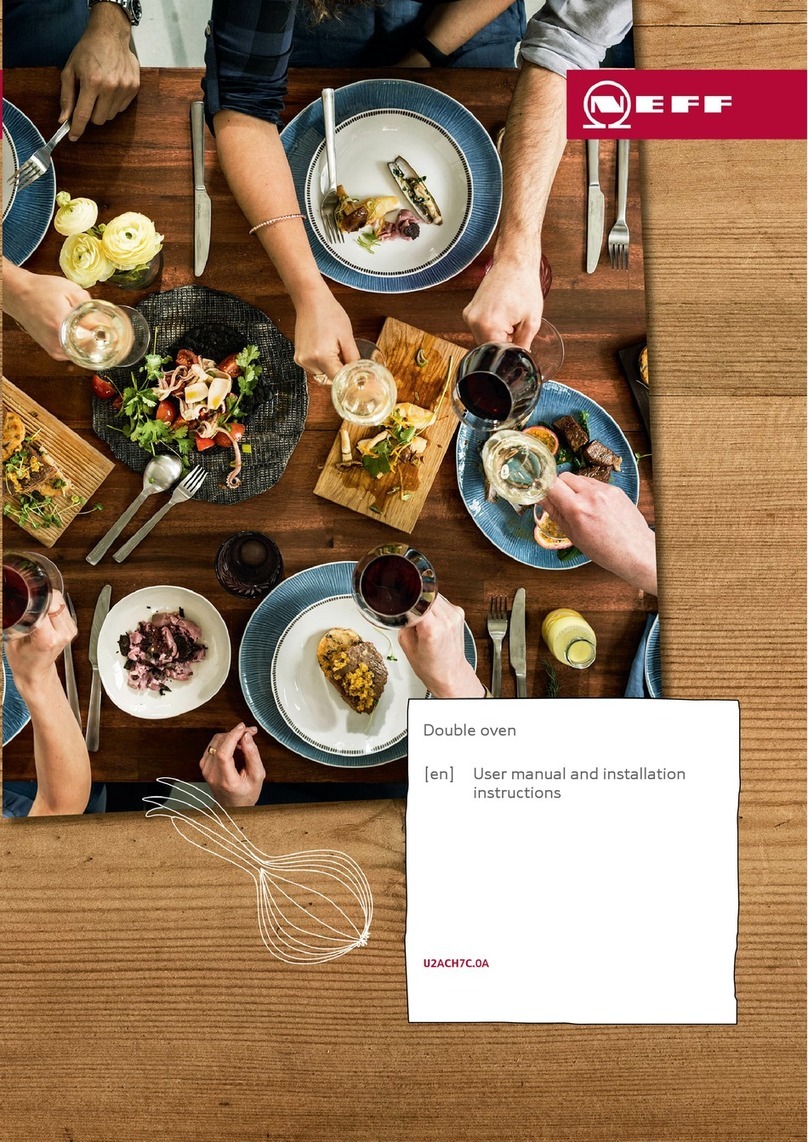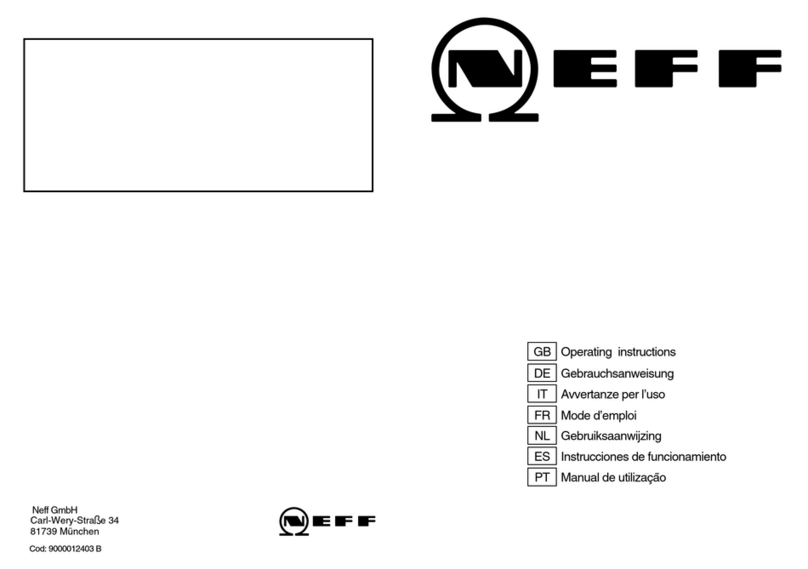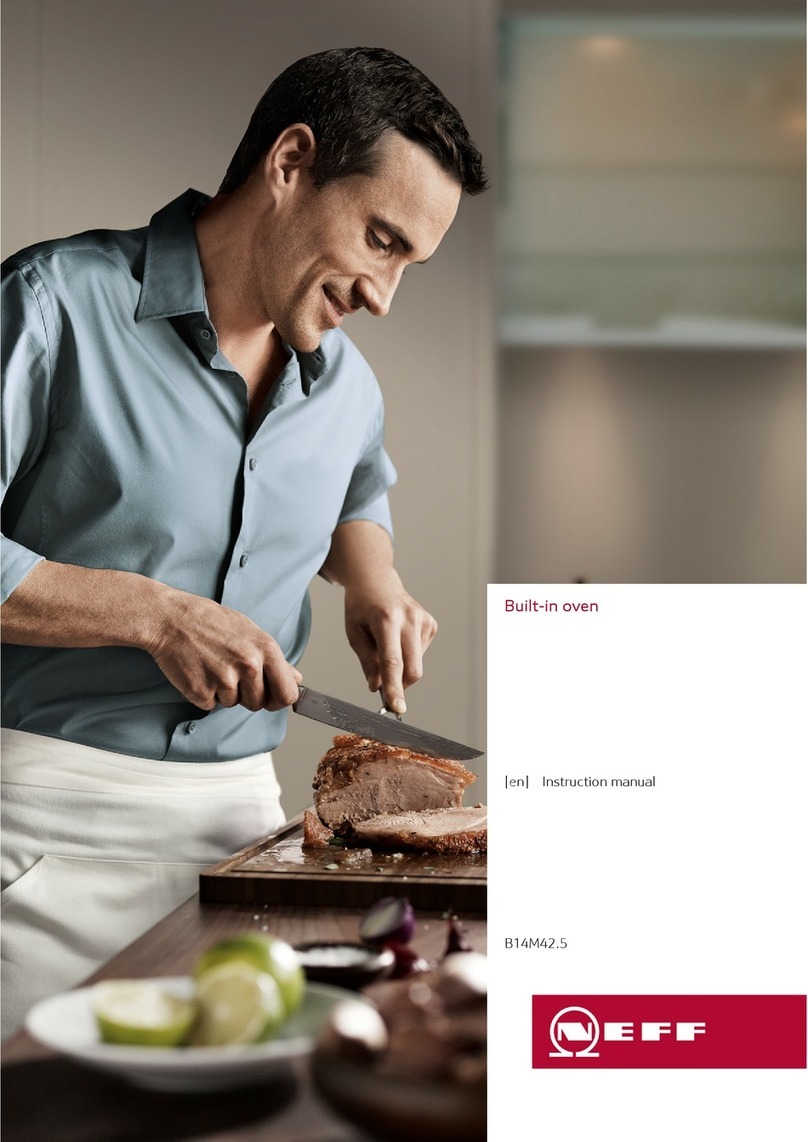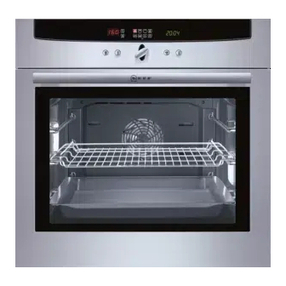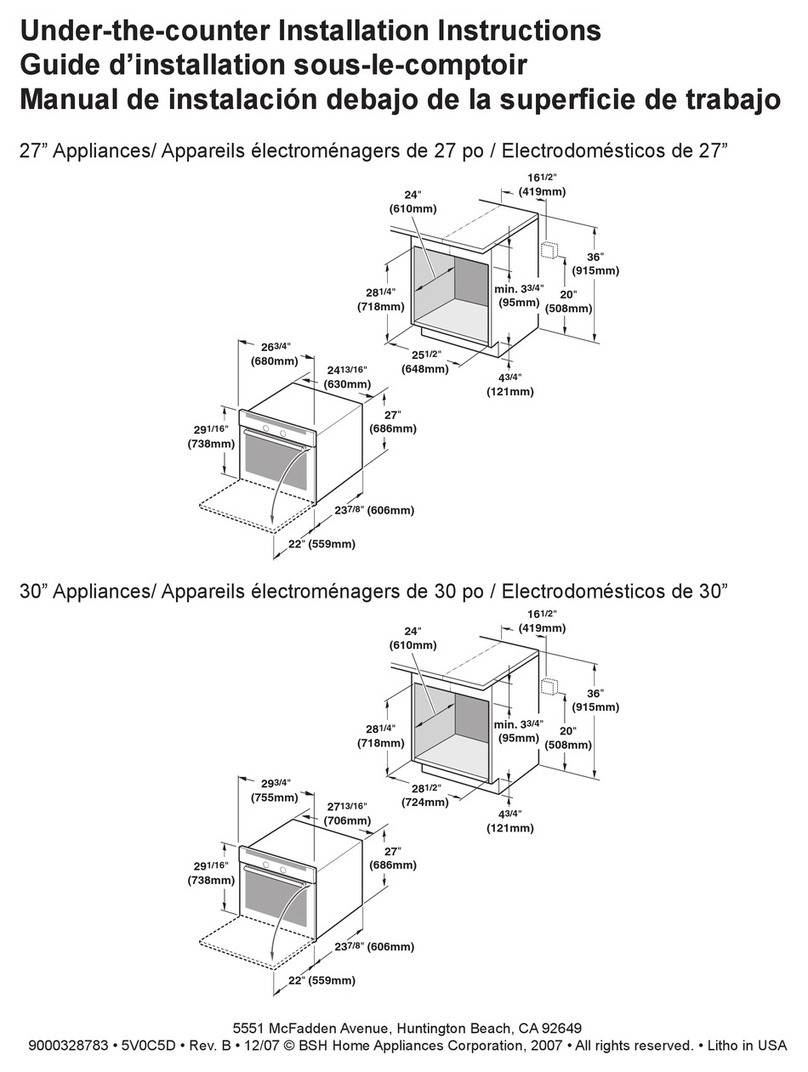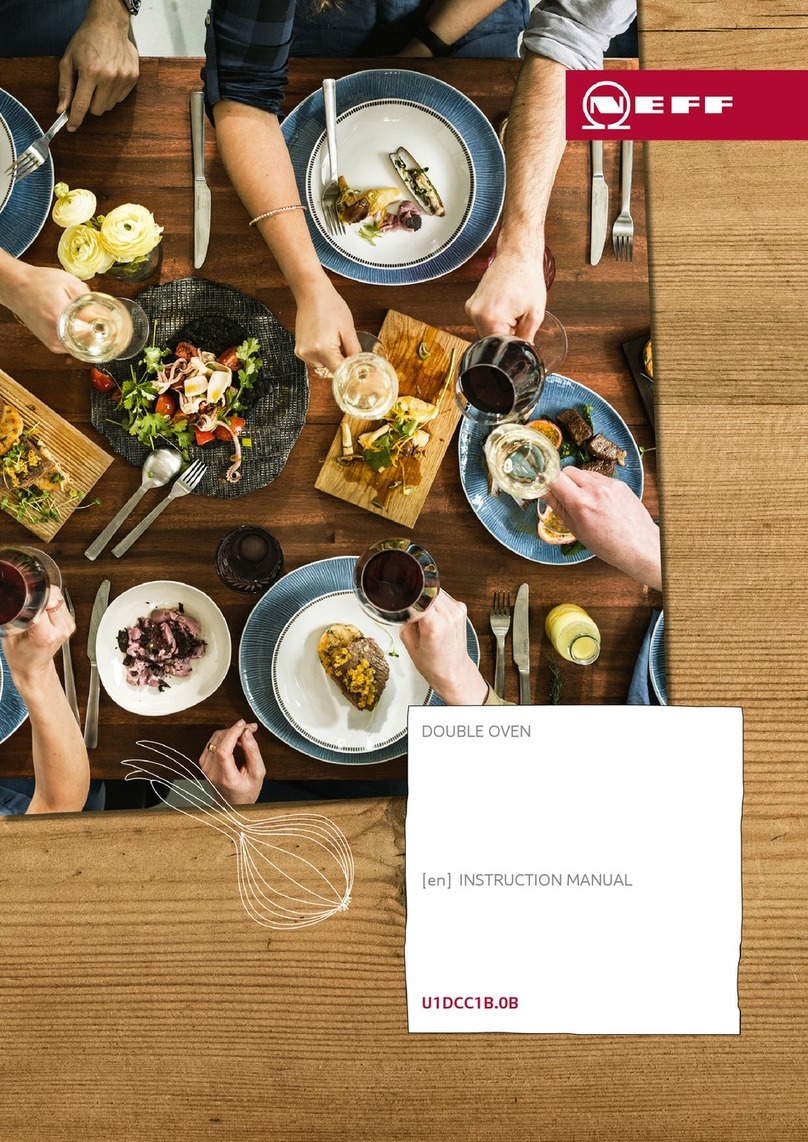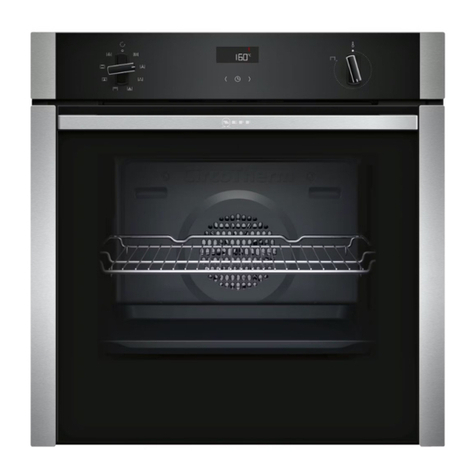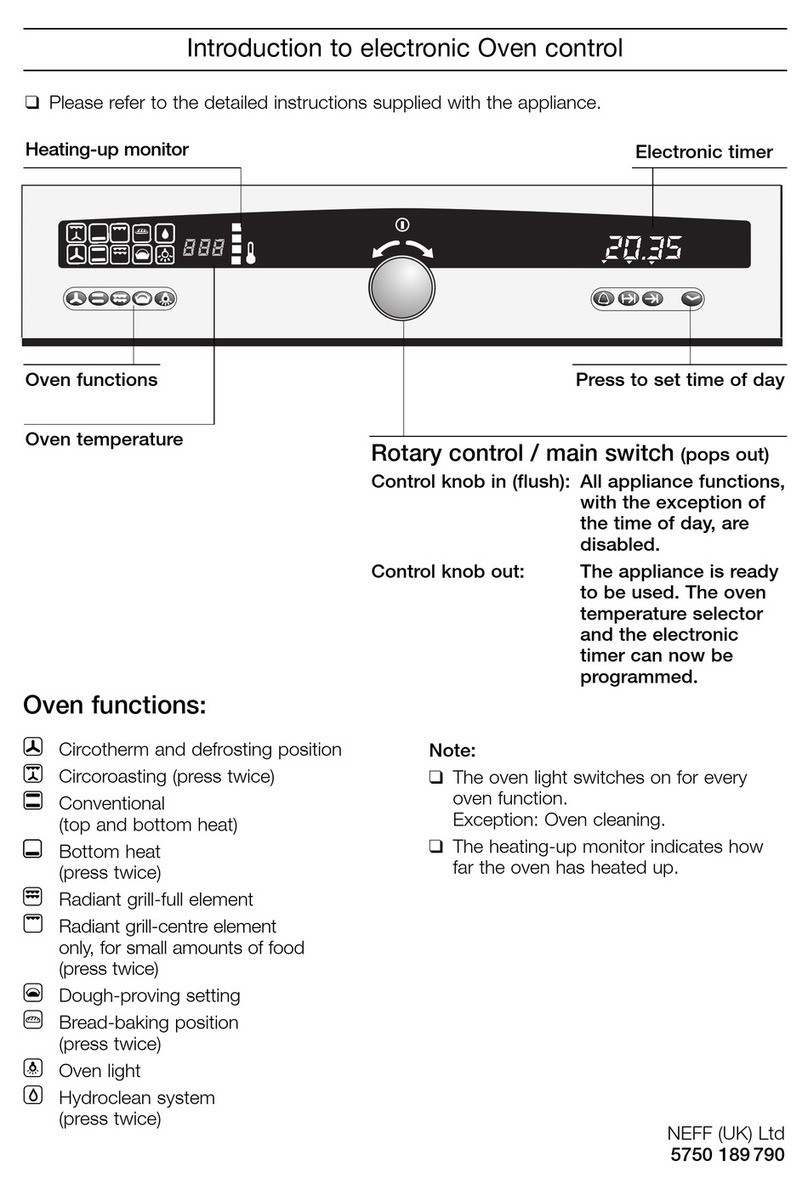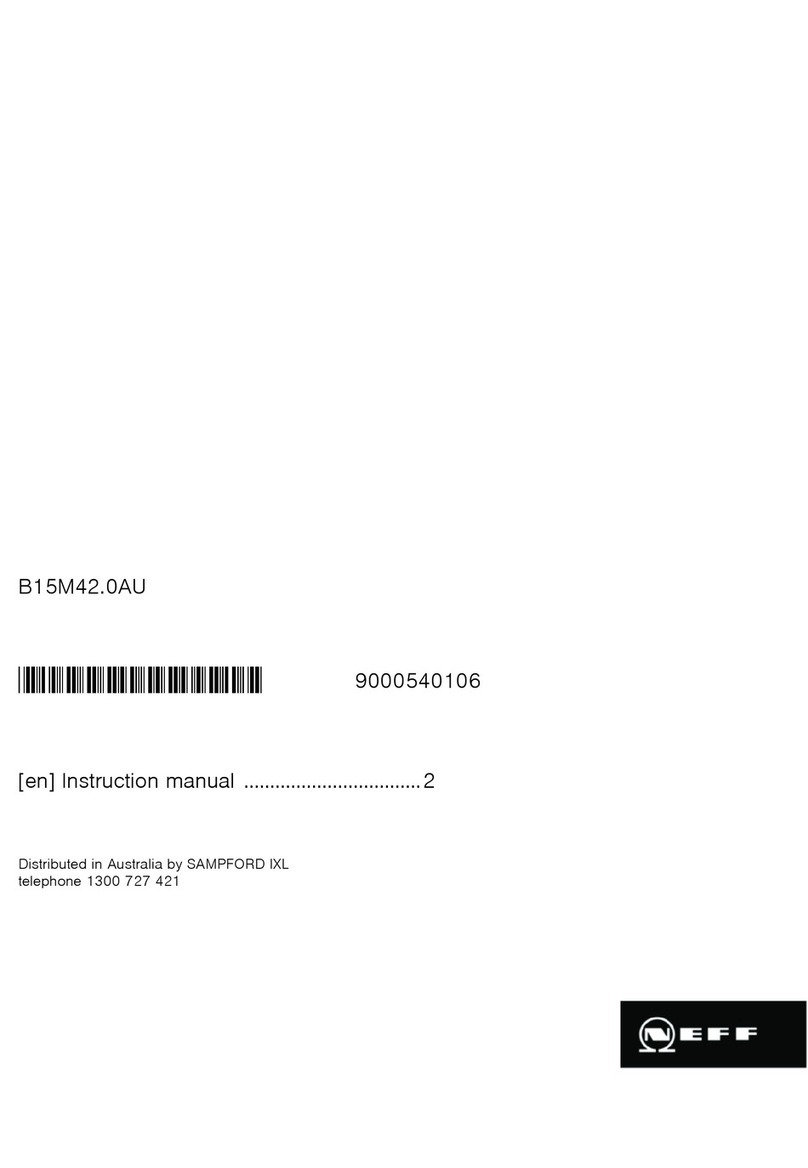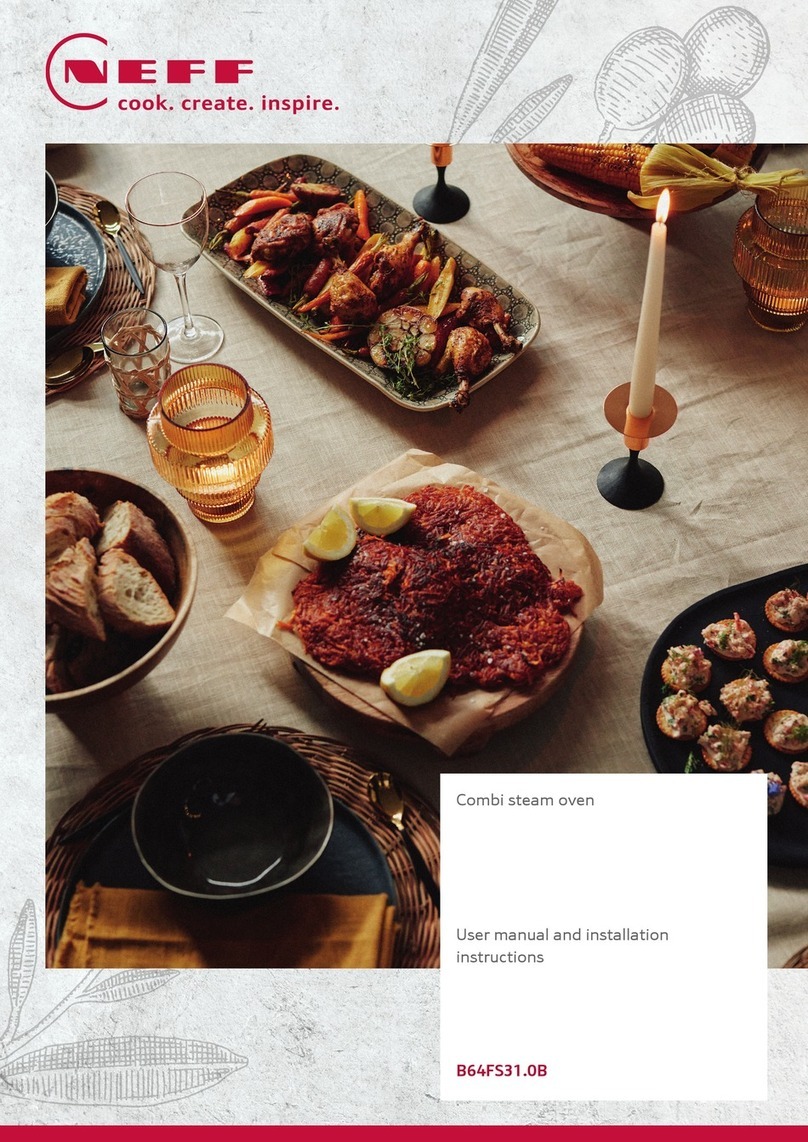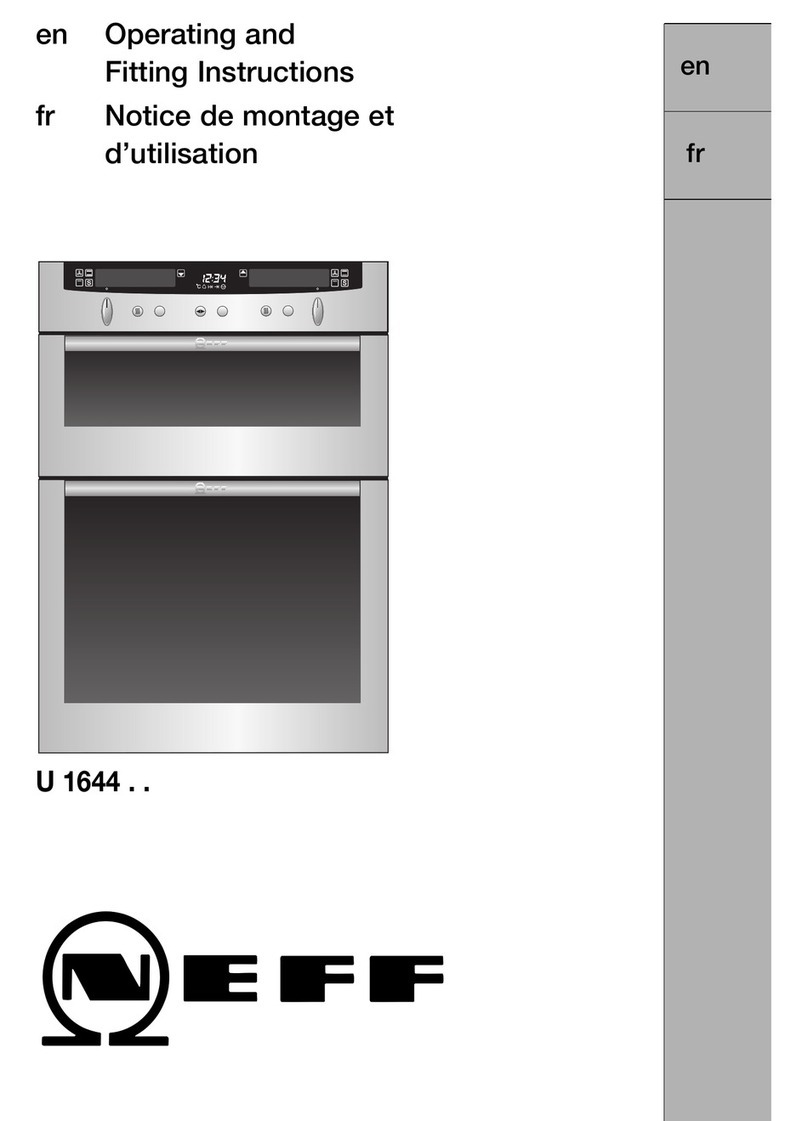
2
ÚTable of contents
[en]Instructionmanual
Safety precautions..................................................................... 2
Before installation ...............................................................................2
Safety notes .........................................................................................2
Causes of damage .............................................................................3
Energy and environment tips ................................................... 3
Saving energy......................................................................................3
Environmentally-friendly disposal.....................................................3
Your new appliance ................................................................... 3
Control panel .......................................................................................4
Operating modes................................................................................4
Shelf positions .....................................................................................4
Accessories .........................................................................................4
Before using the appliance for the first time........................... 5
Operating the appliance............................................................ 5
Switching on the appliance...............................................................5
Switching off the appliance...............................................................5
Switching the gas hob on and off....................................................5
Baking......................................................................................... 6
Baking in tins and on trays ...............................................................6
Baking on two or more levels ..........................................................6
Baking table for basic doughs/cake mixtures ..............................6
Baking table for fresh meals and frozen convenience
products................................................................................................7
Tips and tricks .....................................................................................8
Roasting...................................................................................... 9
Open roasting......................................................................................9
Roasting with a lid ..............................................................................9
Roasting table .................................................................................. 10
Tips and tricks .................................................................................. 11
Grilling .......................................................................................11
Circo-roasting ................................................................................... 11
Radiant grilling ................................................................................. 12
Defrosting..................................................................................13
Defrosting with CircoTherm®........................................................ 13
Defrost ............................................................................................... 13
Preserve ....................................................................................13
Cleaning and care.....................................................................14
Cleaning the appliance exterior .................................................... 14
Cleaning the cooking compartment............................................. 15
Self-cleaning surface....................................................................... 15
EasyClean®...................................................................................... 15
Removing and fitting the appliance door.................................... 16
Cleaning the door panels............................................................... 16
Cleaning the cooking compartment ceiling................................ 17
Cleaning the hook-in racks............................................................ 17
Faults and repairs.....................................................................18
Replacing the oven light bulb ....................................................... 18
Changing the door seal.................................................................. 18
After-sales service....................................................................18
E number and FD number ............................................................. 18
Test dishes ................................................................................19
Produktinfo
Additional information on products, accessories, replacement
parts and services can be found at www.neff-
international.com and in the online shop www.neff-
eshop.com
ã=Safety precautions
Please read this instruction manual
carefully. Please keep the instruction
and installation manuals in a safe
place. Please pass on these manuals
to the new owner if you sell the
appliance.
Before installation
Damage during transport
Check the appliance for damage after unpacking it. Do not
connect the appliance if it has been damaged in transit.
Electrical connection
Only a licensed expert may connect the appliance. You will lose
your warranty entitlement in the event of any damage caused
by incorrect connection.
Safety notes
This appliance is intended for domestic use only. This
appliance must only be used for food preparation.
Adults and children must not operate the appliance without
supervision,
■if they are physically or mentally incapable of doing so or
■if they have insufficient knowledge or experience.
Never let children play with the appliance.
Hot cooking compartment
Risk of burns!
■Never touch the interior surfaces of the cooking compartment
or the heating elements. Open the appliance door carefully.
Hot steam may escape. Small children must be kept at a safe
distance from the appliance.
■Never prepare food containing large quantities of drinks with
a high alcohol content. Alcoholic vapours can catch fire in the
cooking compartment. Only use small quantities of drinks
with a high alcohol content and open the appliance door
carefully.
